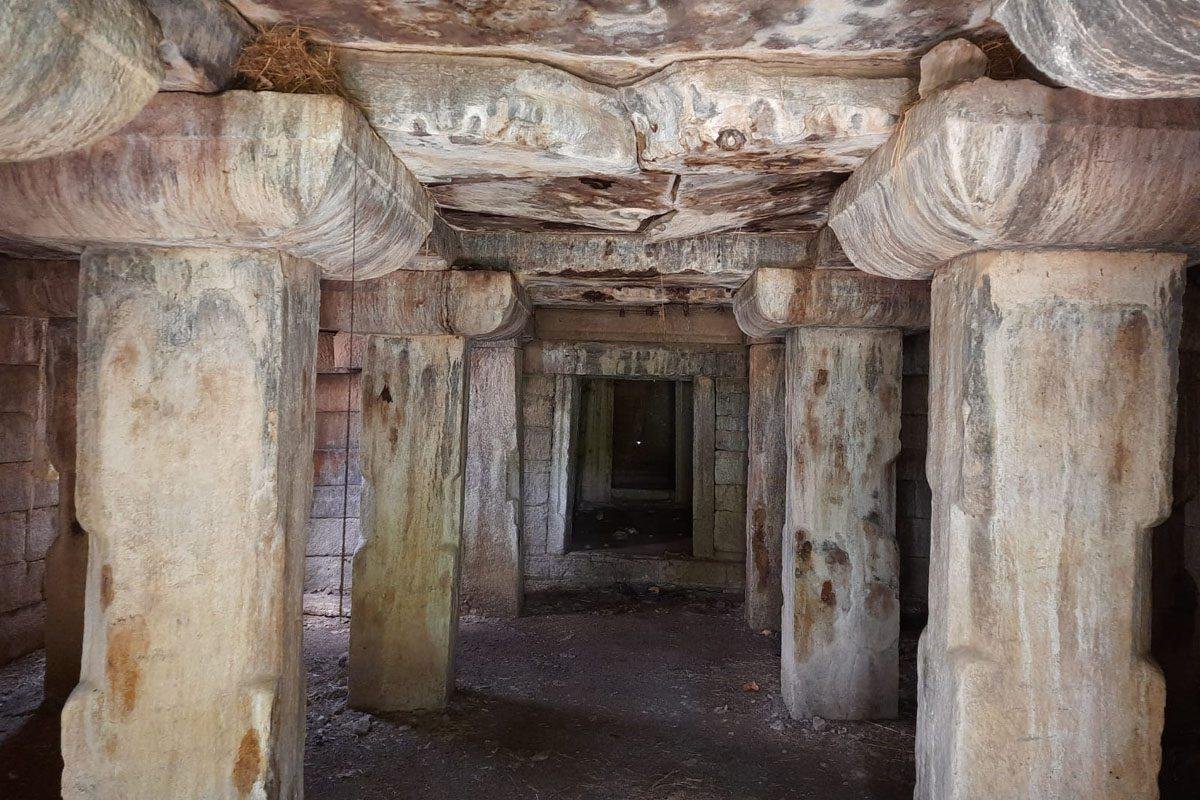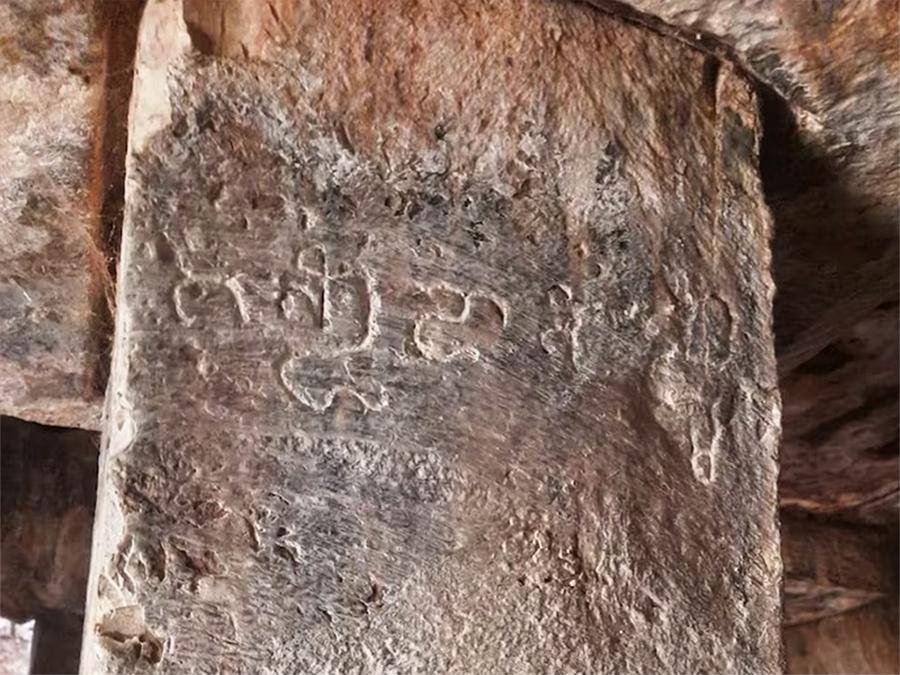A team of archaeologists, led by Dr. M A Srinivasan and S Ashok Kumar from the Public Research Insтιтute of History, Archaeology, and Heritage (PRIHAH), have uncovered two temples dating back to the Badami Chalukya era. These temples were unearthed in Mudimanikyam village, located in Nalgonda district on the banks of the Krishna River in Telangana, India.
 1,300-year-old temples from the Badami Chalukyan era were discovered in India. Credit: Public Research Insтιтute of History, Archaeology, and Heritage (PRIHAH)
1,300-year-old temples from the Badami Chalukyan era were discovered in India. Credit: Public Research Insтιтute of History, Archaeology, and Heritage (PRIHAH)
Dating back at least 1300 years, the temples represent a crucial period in Hindu dynastic history. The Badami Chalukyas rose to prominence under the rule of Pulakeshin II, also known as Immadi Pulakeshi, following the decline of the Kadamba kingdom of Banavasi.
The temples, remarkably well-preserved, display a blend of architectural styles characteristic of the era. They showcase the Kadamba nagara style with a pyramid-shaped shikara featuring rising steps, topped by a pinnacle kalasha. Additionally, elements of Rekha nagara architecture are evident, characterized by a northern Indian shikhara with a slightly curved tower.
In one of the temples, archaeologists discovered a panavattam, which serves as the base for a Shiva lingam, within the sanctum sanctorum. In the other temple, they recovered an idol of Vishnu.
 A Vishnu idol was discovered from one of the temples. Credit: PRIHAH
A Vishnu idol was discovered from one of the temples. Credit: PRIHAH
Dr. Srinivasan said: “These temples are exceptional as they are Badami Chalukyan temples that adopted the Kadamba nagara style in the Rekha nagara format. This is the only example of this kind of architecture that is evident today in Telangana.”
Inscriptions found within the site provide further insight into the historical context of the region. One such inscription, labeled as ‘Gandaloranru’ dates back to the 8th or 9th Century CE. While the precise meaning remains uncertain, Dr. Munirathnam Reddy, Director of Epigraphy at the Archaeological Survey of India, suggests it could denote a heroic тιтle, noting, “As the first two letters ‘Ganda’ in Kannada signify ‘hero,’ this could possibly be a heroic тιтle.”
 Inscriptions found within the site provide further insight into the historical context of the region. Credit: PRIHAH
Inscriptions found within the site provide further insight into the historical context of the region. Credit: PRIHAH
Moreover, another inscription dating to 1673 CE, approximately 350 years old, was discovered in the Rama temple of Mudimanikyam. Although partially eroded, it provides detailed information about donations to the temple from various regions.
Despite their age and historical importance, these temples are currently not in use for worship. PRIHAH urged the Department of Heritage and the residents of the village to prioritize the preservation of this heritage.
Dr. Srinivasan expressed optimism about the potential of these temples to serve as testimonies to the Badami Chalukyan period in Telangana with minimal restoration and conservation work. He remarked, “The Krishna river valley is a treasure trove of history, as evidenced by the discovery of new historical artifacts in Mudimanikyam village of Nalgonda district.”





